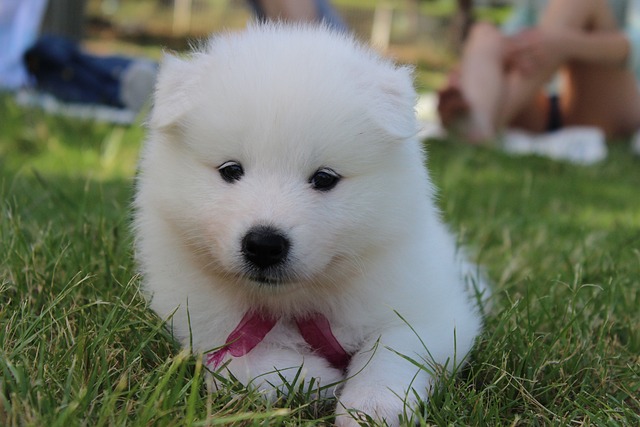
How to give Samoyed a bath?
Bathing a Samoyed isn't just about getting them clean—it's about taming that iconic fluffy coat without turning your bathroom into a snowstorm of fur.
Bathing a wriggly pup can feel like a wrestling match—especially when you’re worried about water sneaking into those sensitive ears. Moisture trapped inside isn’t just uncomfortable; it can breed bacteria or yeast, leading to infections that make your dog shake their head nonstop. Let’s break down how to keep those ears dry without turning bath time into a stress fest.
Start with a quick prep step: grab some plain cotton balls (not Q-tips—those can push gunk deeper). Gently tuck one into each ear canal, just enough to block water but not so far it irritates. Most dogs barely notice them, and they work like tiny shields against splashes.
Choose your shampoo wisely. Skip the human stuff—dog-specific formulas are pH-balanced, so they’re less likely to irritate ear canals if a little gets near. Lather up their body first, then work your way to the head last. That way, you can keep a hand cupped over their ears when rinsing, directing water down their back instead of into those vulnerable spots.
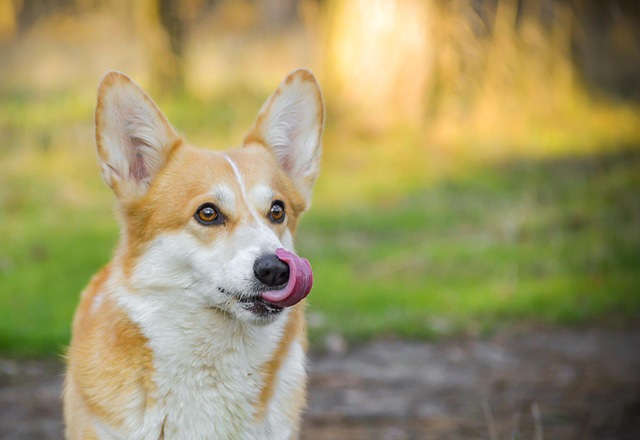 Angle matters. When rinsing, tilt their head slightly downward so water runs off their neck, not into their ears. If your pup tends to shake mid-bath (and let’s be real, most do), pause and steady them—those sudden movements are how water sneaks past your defenses.
Angle matters. When rinsing, tilt their head slightly downward so water runs off their neck, not into their ears. If your pup tends to shake mid-bath (and let’s be real, most do), pause and steady them—those sudden movements are how water sneaks past your defenses.
After the bath, ditch the cotton balls and dry those ears gently. Use a soft towel to pat around the ear flaps and the base of the ears. For floppy-eared breeds like cocker spaniels or basset hounds, give a little extra attention—their ear shape traps moisture more easily. A quick swipe with a vet-recommended drying solution (ask your clinic for a brand they trust) can help evaporate leftover dampness.
Avoid the urge to stick anything inside the ear canal, even if you think there’s water. Your finger or a cloth can scratch the delicate skin, making infections more likely. If your dog starts pawing at their ears, shaking excessively, or smells a bit off after a bath, that’s a sign to call the vet—don’t wait for redness or discharge.
Bath time should be bonding time, not a source of worry. With these small steps, you’ll keep those ears healthy, and your pup might even start looking forward to the scrub-down (okay, maybe not, but at least they won’t dread it). Consistency helps—most dogs relax when they know what to expect, cotton balls and all.

Bathing a Samoyed isn't just about getting them clean—it's about taming that iconic fluffy coat without turning your bathroom into a snowstorm of fur.
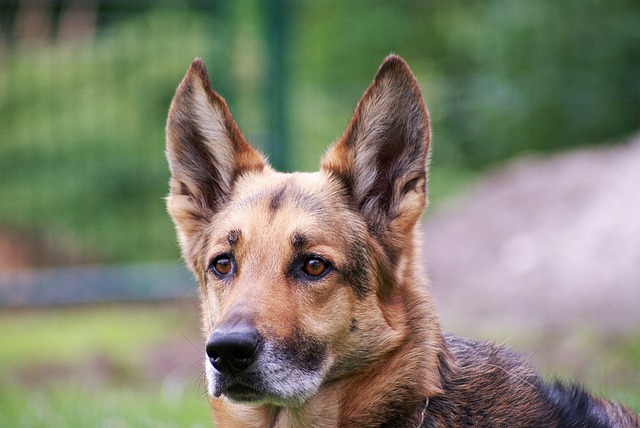
Pancreatitis in dogs is a tricky, painful condition—one that hits their digestive system hard. The pancreas, which helps break down food, gets inflamed, and what you put in their bowl can either soothe it or set off a flare-up.
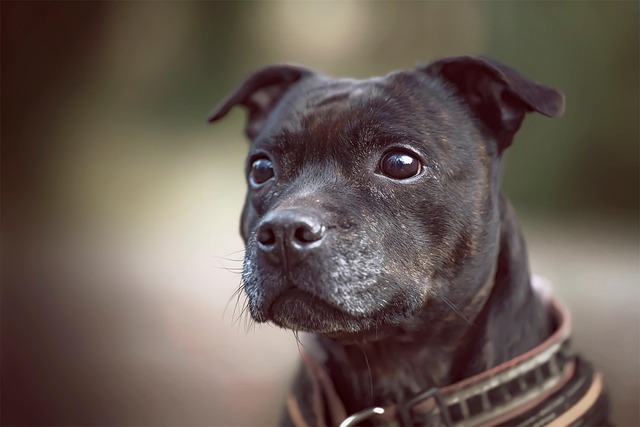
It's easy to coo over a chubby pup—those extra rolls, the waddle when they run, that squishy belly you can't resist rubbing. But here's the thing: that “cute” weight might be hiding a bigger problem.
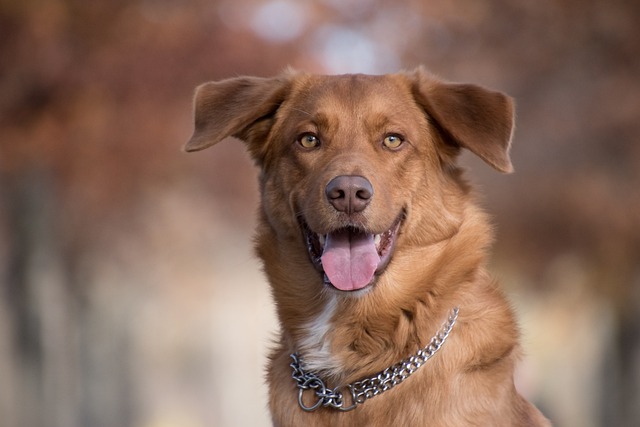
Wondering how often you should really be tackling your dog's teeth? It's one of those questions that sneaks up on every pup parent—right up there with “Is this treat too many?” and “Why does he chew the couch?” Let's break it down,

It’s 3 p.m. on a humid July day in Atlanta, and you rush into your apartment, heart pounding. Your golden retriever, Bella, is lying on the floor, panting heavily, her tongue swollen and eyes glassy.
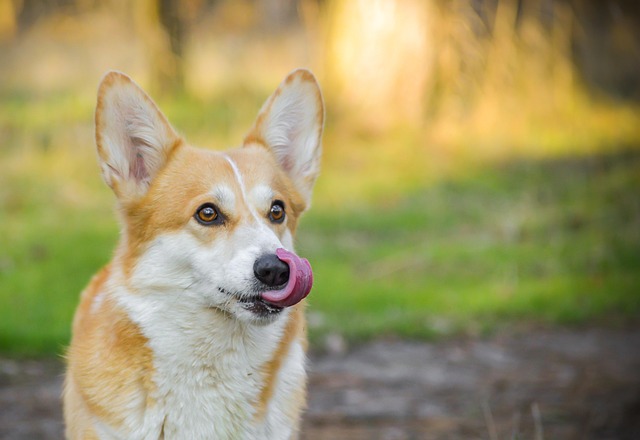
Bathing a wriggly pup can feel like a wrestling match—especially when you’re worried about water sneaking into those sensitive ears.